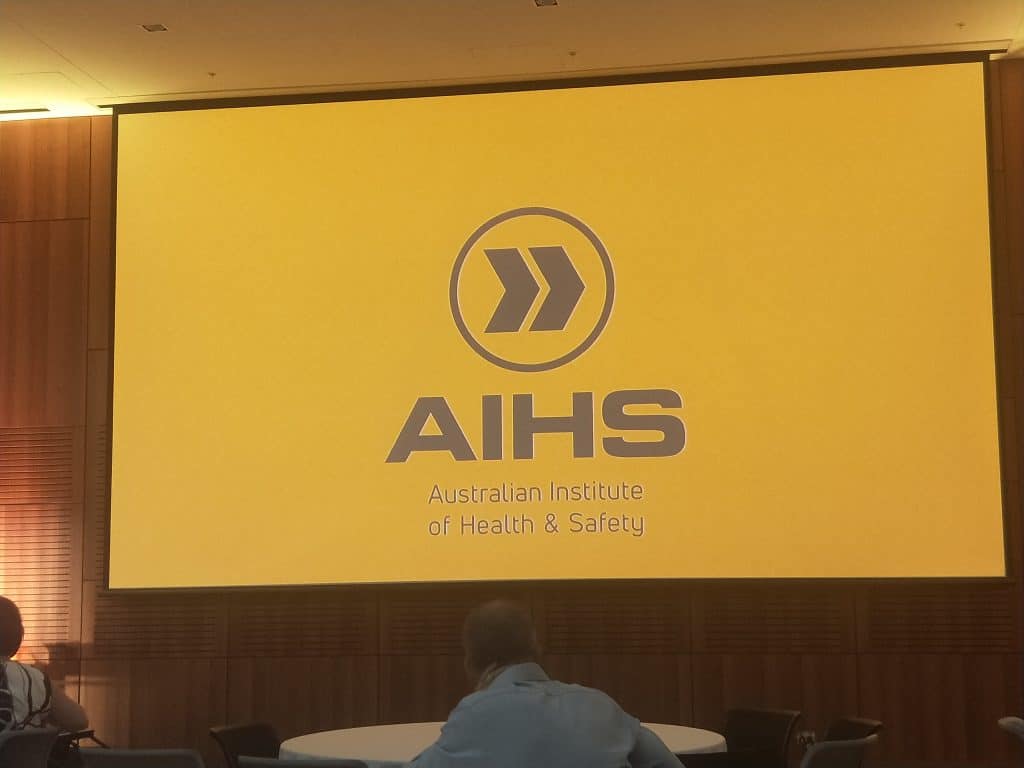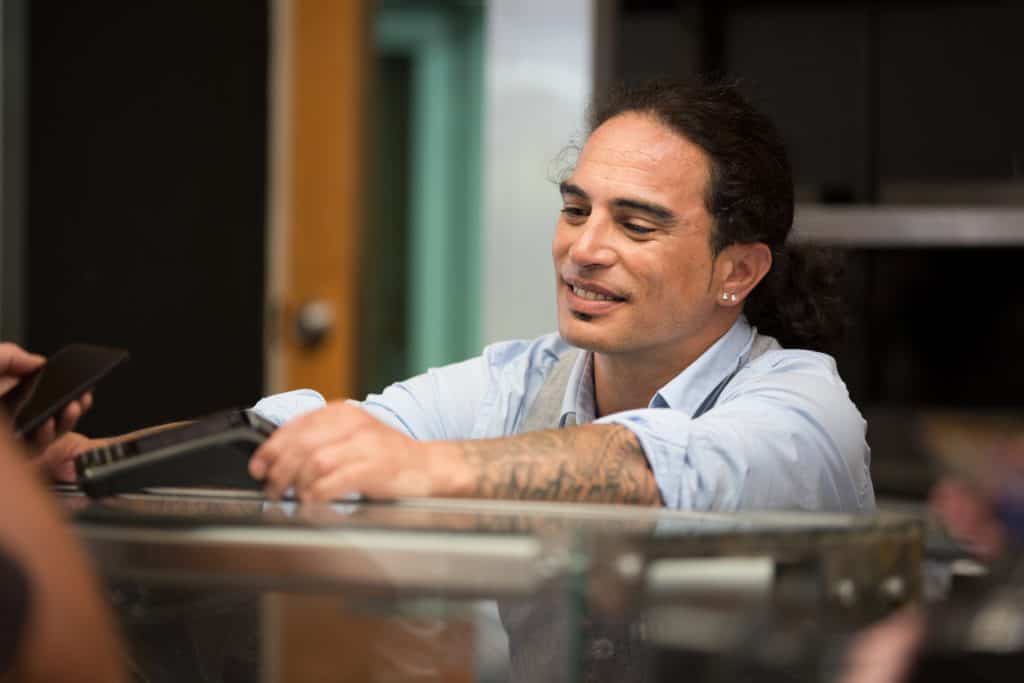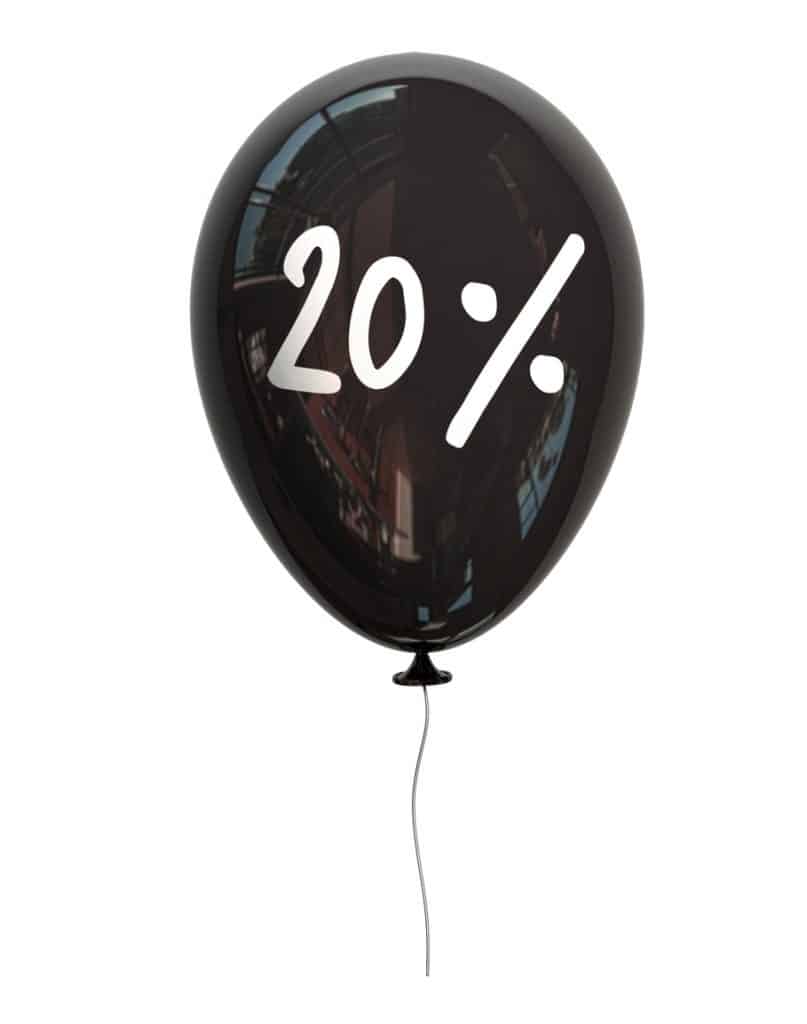
SafetyAtWorkBlog’s initial approach to Justine Alter, Psychologist and co-director of Transitioning Well. on the prevention of Burnout illicited the following response. It deserved further exploration so Alter was sent a further set of questions leading to useful answers.
Continue reading “Burnout, self-advocacy and more”“Prevention strategies are considered to be the most effective approach for addressing workplace burnout, and there are a number of things that workers can do to minimise the risk:
– Recognise the importance of a work-life balance ensuring that you get some recovery time
– Prioritise your time. Identify what is important, what can wait, and what can be delegated to others
– Self-advocacy. This can be difficult, however thinking about the importance of your mental and emotional health may help you advocate better for yourself
– Lead by example: utilise any flexible leave policies and opportunities that your company may provide
– Remain aware of resources that are available through your workplace – EAP, counselling, etc. Consider making these resources available if they aren’t already.”



 Occupational health and safety (OHS) and Human Resources (HR) disciplines continue to, mostly, operate in isolation and, sometimes, in conflict. Part of the reason is that workplace matters are often seen as either OHS or HR, even though they are both.
Occupational health and safety (OHS) and Human Resources (HR) disciplines continue to, mostly, operate in isolation and, sometimes, in conflict. Part of the reason is that workplace matters are often seen as either OHS or HR, even though they are both.

